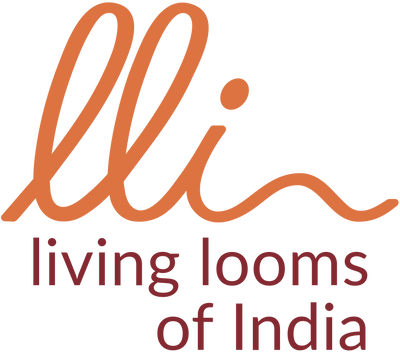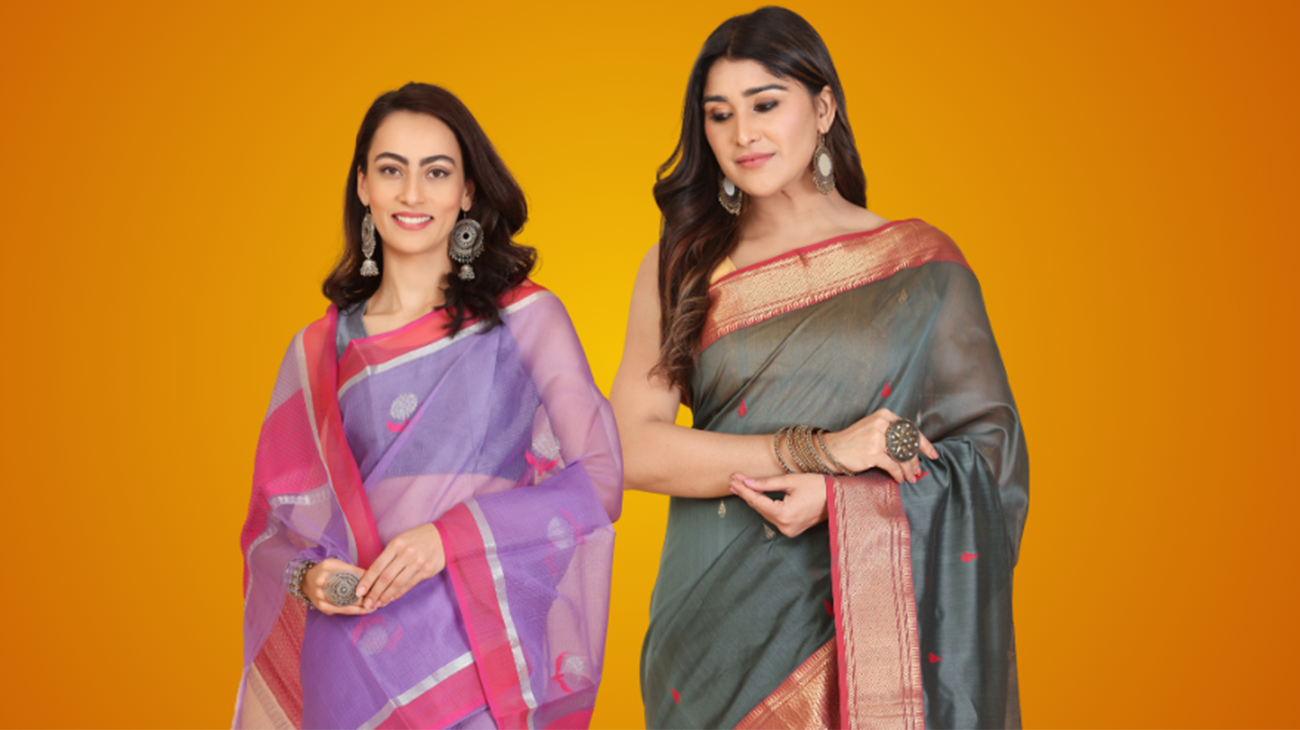
Get to Know Us
Use this text to share brand information with your customers. Introduce a new product, share an announcement or welcome customers.
LIVING LOOMS OF INDIA
From Ikats to Banarasi brocades and Kanjeevarams, Indian handlooms represent the best artisanal craftsmanship and have historical significance as representations of empowerment and self-sufficiency. Living Looms of India (LLI), an ACCESS initiative, revitalises this tradition by assisting weaving villages and giving craftspeople direct access to markets, improving their standard of living.
As part of its Long-Term Strategic Plan for the handloom sector, Living Looms of India (LLI) is dedicated to revitalizing 20 handloom clusters. Now entering the third phase of this initiative, our focus is on promoting environmentally friendly handloom production through sustainable practices. Handlooms, known for their low energy use, reliance on natural fibres, and alignment with circular economy principles, employ 72% women and preserve traditional crafts. Despite these benefits, challenges remain, such as low consumer awareness, limited sustainable material use, and the prevalence of synthetic dyes that harm the environment.
This phase aims to address these challenges by:
- Integrating sustainable practices across production processes
- Promoting the use of natural dyes and reducing water and energy consumption
- Improving waste management to prevent environmental pollution
LLI’s approach combines direct support for weavers with ecosystem-wide strengthening, ensuring a resilient and sustainable future for India’s handloom sector.
As part of its Long-Term Strategic Plan for the handloom sector, Living Looms of India (LLI) is dedicated to revitalizing 20 handloom clusters. Now entering the third phase of this initiative, our focus is on promoting environmentally friendly handloom production through sustainable practices. Handlooms, known for their low energy use, reliance on natural fibres, and alignment with circular economy principles, employ 72% women and preserve traditional crafts. Despite these benefits, challenges remain, such as low consumer awareness, limited sustainable material use, and the prevalence of synthetic dyes that harm the environment.
This phase aims to address these challenges by:
- Integrating sustainable practices across production processes
- Promoting the use of natural dyes and reducing water and energy consumption
- Improving waste management to prevent environmental pollution
LLI’s approach combines direct support for weavers with ecosystem-wide strengthening, ensuring a resilient and sustainable future for India’s handloom sector.
ABOUT ACCESS
ACCESS Development Services is a national livelihoods support organization focusing on incubating innovations for sustainable livelihoods of the poor. ACCESS was set up in March 2006, with support from DFID (Govt. of UK). to work at all levels of the development sector value chain and implement various livelihood programmes.
ACCESS works with Civil Society Organizations, Government Departments, Corporate Sector and Multilateral/Bilateral Agencies to improve and enhance their program implementation and undertake a few national initiatives.
To create a sustainable impact, ACCESS pursues a 3-tier approach to strengthen and support the livelihoods sector and implements several dynamic initiatives.
ACCESS works with Civil Society Organizations, Government Departments, Corporate Sector and Multilateral/Bilateral Agencies to improve and enhance their program implementation and undertake a few national initiatives.
To create a sustainable impact, ACCESS pursues a 3-tier approach to strengthen and support the livelihoods sector and implements several dynamic initiatives.

